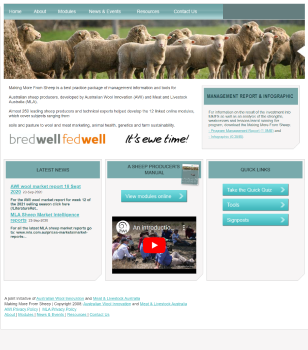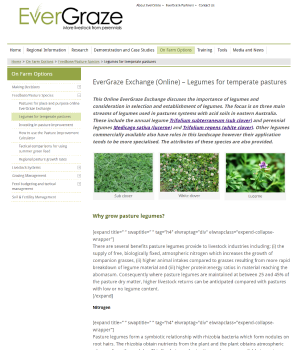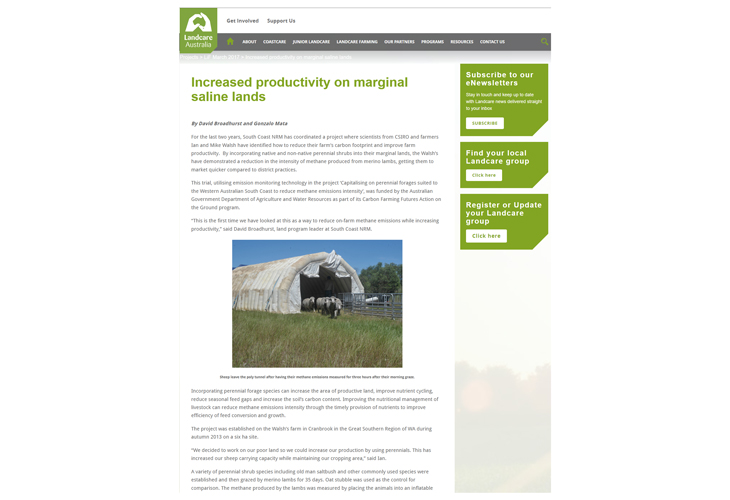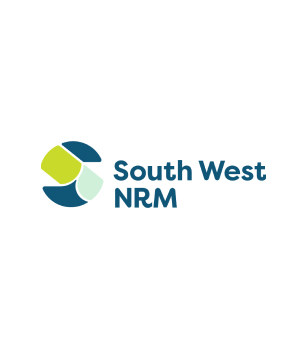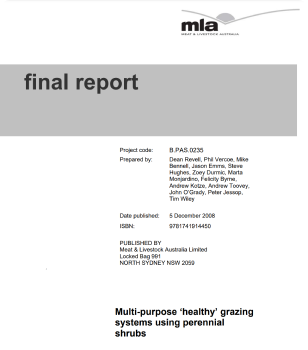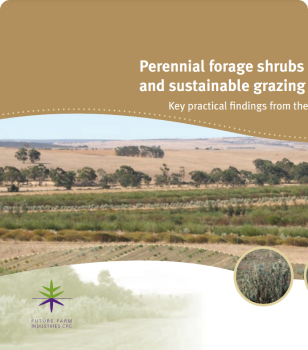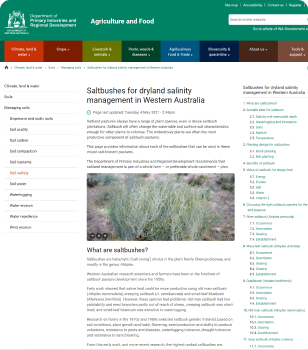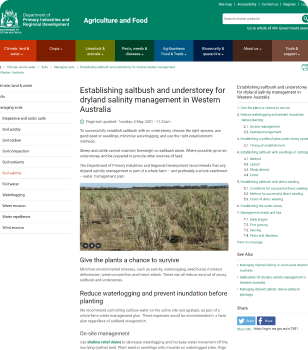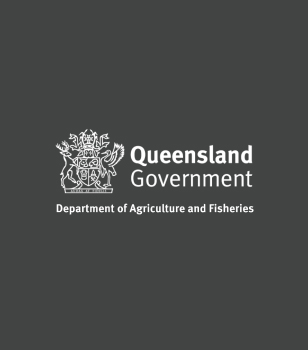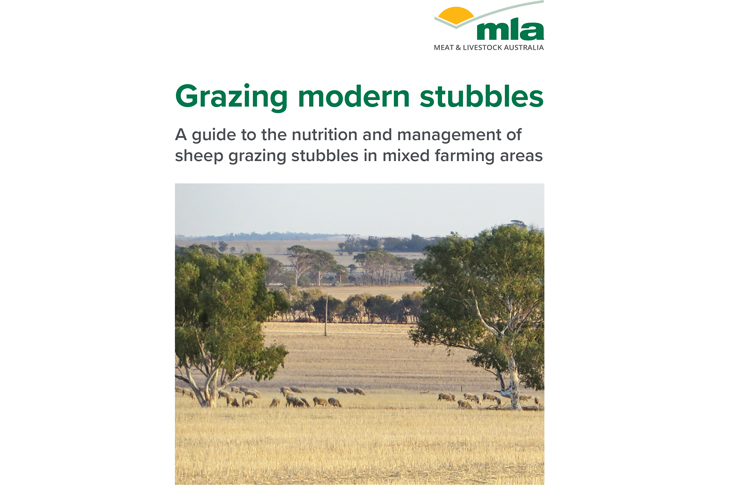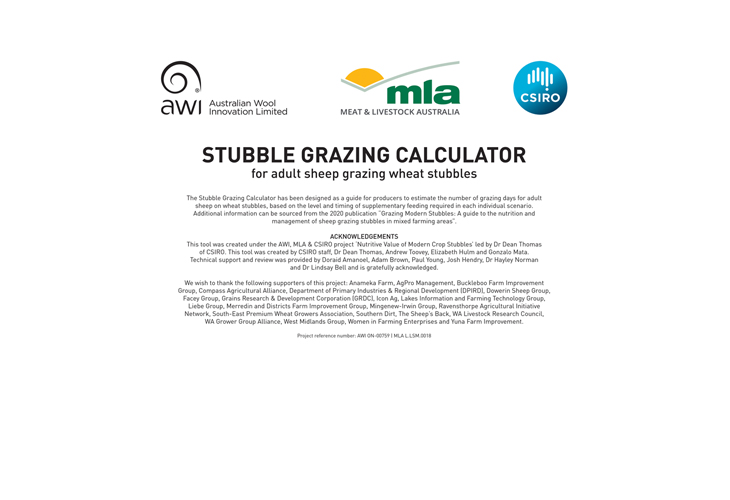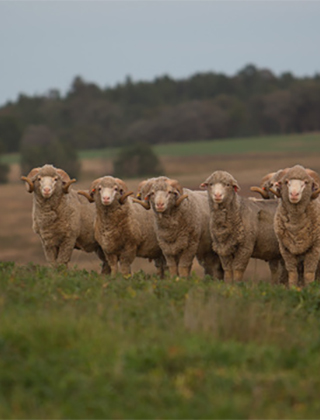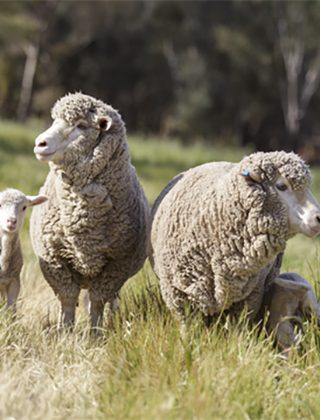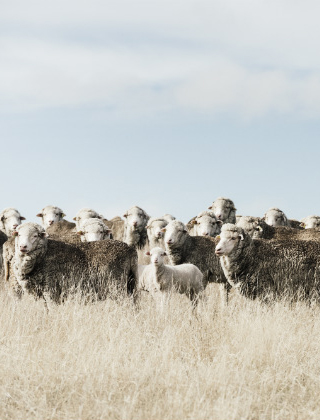Feedbase Options
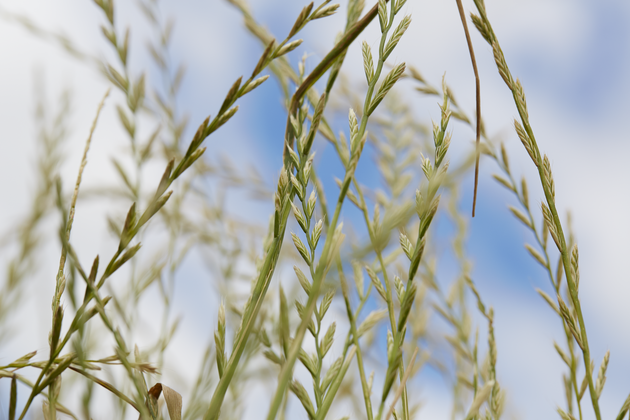
Choosing the right pasture mix for the enterprise and location is essential, particularly in a more variable climate.
AWI invests in pasture breeding, selection and commercialisation to make available to woolgrowers a suite of high-performance feedbase options that support profitable, sustainable wool production.
LEGUMES
Legume pastures are a high-quality source of feed that are palatable, highly digestible and rich in protein. The ability of legumes to fix atmospheric nitrogen improves soil fertility, reduces the need for nitrogen fertilisers and increases the growth of companion grasses. Hard-seeded annual legumes such as arrowleaf clover, biserrula, bladder clover, gland clover and serradella, offer added flexibility, resilience and persistence.
AWI, Future Farm Industries CRC and Meat & Livestock Australia (MLA) have developed the EverGraze platform to help producers use best practise to manage pasture and legumes. The extensive online platform provides resources, case studies and tools for producers. AWI has also invested in research for producers in selecting species for Phosphorus efficiency and the development of new pasture legume species to address the challenges of changing climates and rainfall variation. These projects were jointly funded with MLA, GRDC and Dairy Australia through the Rural R&D for Profit program.
Current and recent projects

P-Efficient Pastures
This project was undertaken to benchmark the critical phosphorus requirements of alternative pasture legumes. It was found that two species of serradella (Ornithopus sativa and Ornithopus compressus) improved phosphorus use efficiency by 30%, relative to subterranean clover.
Dryland Legume Pasture Systems
Dryland Legume Pasture Systems was a five-year project that developed novel hard-seeded legume species and sought to increase their adoption in the low and medium rainfall areas of southern Australia. The developed legumes offer producers a low-cost, resilient pasture option that has the ability to regenerate from a large, robust seedbank in the soil.
AWI-funded feedbase projects
AWI has supported several pasture legume breeding programs that released a range of perennial and annual legumes suited to pastures across southern Australia.
AWI supported the National Annual Pasture Legume Improvement Program (NAPLIP) that developed over 50 different annual pasture legume cultivars for the high rainfall and sheep/wheat zones of southern Australia, including:
- Izmir and Coolamon sub clovers - mainly for WA producers.
- Jester barrel medic and the hybrid Toreador disc medic resistant to blue-green aphids - mainly for sheep/wheat farmers on alkaline soils.
- Napier sub clover - to replace Meteora sub clover.
- Prima gland clover resistant to red-legged earthmites, and spotted and cowpea aphids, and frost-tolerant.
- Bolta and Frontier balansa clovers tolerant of water logging.
- Urana sub clover - an early season sub clover for drier areas.
- Balansa and Persian clovers for lower rainfall zones.
- Cavalier and Scimitar spineless burr medics for heavy alkaline soils.
- Charano, Santorini and Yelbini yellow serradellas for sandy, acid soils.
AWI and the Future Farm Industries CRC are commercializing the perennial pasture legume, lotus. Several lotus species are adapted to acid and waterlogged soils and can provide higher wool growth rates per kg of dry matter than lucerne.
Lotus contains tannins that protect ruminants from bloat and suppress the activity of some internal parasites.
Lotus will provide woolgrowers with an alternative to lucerne in the 7.6 million ha of acid and waterlogged soils in the 450-700 mm rainfall zone of southern Australia.
The wool industry invested in lucerne breeding programs over many years, releasing many of the most widely-sown cultivars. Lucerne cultivars bred for perennial pastures in grazing and mixed farming enterprises include:
- Venus – a persistent, winter-dormant cultivar.
- Genesis – a winter-active cultivar.
- Aquarius, Hallmark and Sequel – highly winter-active cultivars.
- Eureka and Sceptre – superseded by new cultivars.
Every legume requires an association with specific strain of soil rhizobia to convert atmospheric nitrogen into plant-available nitrogen. At germination, the rhizobia invade the plant's root system to create a symbiotic (win-win) nitrogen-fixing relationship with the plant.
Fixed nitrogen benefits both the grass and legume species in the pasture and any subsequent crop phases in a mixed farming system.
AWI and GRDC supported the National Rhizobium Program to screen and select rhizobia for each new annual or perennial legume species released in Australia. The program also helped commercialise new methods of rhizobia inoculation, including freeze-dried, granular and liquid inoculants.
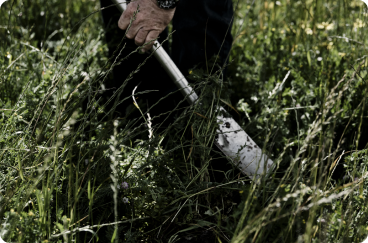
GRASSES
Introduced and native perennial grasses have demonstrated productivity and environmental benefits. Well-managed perennial pastures provide a consistent source of forage throughout the year. Their extensive root systems also prevent erosion and improve the water retention and structure of the soil.
Current and recent projects
New Phalaris Cultivars
Phalaris is the most widely-sown, temperate perennial grass in the inland high-rainfall zone and adjacent cropping areas in southern Australia. AWI and the CSIRO bred and released the widely sown phalaris cultivars, Atlas PG, Australian II, Holdfast and Landmaster, and recently developed three new phalaris cultivars:
- Holdfast GT, a general-purpose, winter-active cultivar more persistent under heavy grazing pressure in areas where phalaris is widely sown.
- Advanced AT, an aluminium-tolerant cultivar for acid soils.
- A heat tolerant cultivar adapted to the NSW north-west slopes
More Resources
SHRUBS
The ongoing development of quality forage shrubs now delivers a variety of options for woolgrowers to fill feed gaps and manage previously unusable or unproductive land on their property. Shrubs can assist with natural resource management because of their ability to grow and survive in difficult environmental conditions. This often results in improved environmental outcomes and economic stability and growth for producers. Shrubs can be co-planted with a range of other pastures and may provide shelter from extreme weather.
It is important that growers have a clear understanding of their landscape, their flock’s nutritional requirements and the capacity for shrubs to meet those needs and continue to monitor the condition of their sheep to ensure their nutritional requirements are being met.
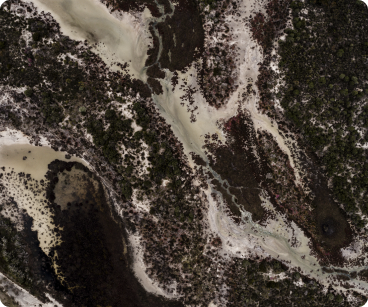
Current and recent projects
No More Gaps with Superior Shrub Systems
AWI is currently investing with MLA and CSIRO in the project “No more gaps with superior shrub systems” to demonstrate to growers the benefits of shrubs in their system. This project will deliver reported options for growers in establishment – including from seed- which will reduce establishment costs, and the many ways that these shrubs can be incorporated in a grazing system with a focus on the inclusion of annual legumes within the shrub planting sites.
Final Report TBA
Enrich
AWI’s previous investment in the Enrich project (2005-2014) identified new options for sustainable grazing systems incorporating Australian perennial shrubs. Shrubs can assist with natural resource management because of their ability to grow and survive in difficult environmental conditions. This often results in assisting with improved environmental outcomes and economic stability and growth for producers.
More Resources
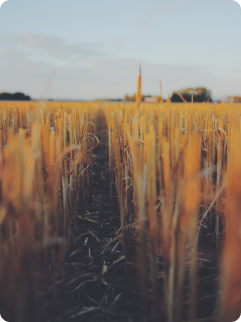
STUBBLES
Grazing stubbles is an important component of many mixed farming systems and can be a valuable source of feed for livestock over the summer months to fill feed gaps, provided careful feed budgeting, monitoring and grazing management is in place. In a wool production system, being able to fill feed gaps to prevent breaks in the fibre is essential. Grazing stubbles can also allow pasture paddocks to be spelled during summer.
Whilst stubbles often provide a key feed resource for sheep, they are also beneficial to cropping programs by reducing the amount of stubble in preparation for sowing, increasing nutrient availability to crops by speeding up the breakdown process and reducing nitrogen tie-up, and assisting the prevention of summer weeds
Current and recent projects
Nutritive value of modern crop stubbles
AWI has been involved in substantial research of this valuable feed source over the years, including delivery of the highly regarded Grain and Graze program. Together with MLA, AWI engaged in a research project with CSIRO called ‘The Nutritive Value of Modern Crop Stubbles’ to deliver up to date information of the nutritive value of modern crop cultivars harvested with modern machinery and better understand the way sheep preferentially select the different components of stubbles when grazing. The project has yielded a stubble grazing guide for producers called ‘Grazing modern stubbles: A guide to the nutrition and management of sheep grazing stubbles in mixed farming areas’.
More Resources
FEED ON OFFER
Feed On Offer (FOO) is the amount of pasture in a paddock at any given time, measured in kilograms of dry matter per hectare (kg DM/ha).
FOO required to achieve production targets are available for different types of livestock. FOO levels can also be used to manage pasture composition and growth rate, ensure environmental protection and enhance pasture persistence. The appropriate FOO targets for a farm depends on the class of stock, production requirements and balancing the objectives for animals, pastures and environmental protection.
To help improve producer skills in pasture assessment, AWI has prepared a photo gallery of FOO standards. The FOO information was collected from across a wide range of production zones, including pastures from Cool Temperate, Mediterranean, Warm Temperate and Pastoral regions – covering the key wool producing zones. In addition, every image comes with a full set of nutritional information including Protein, Digestibility, Metabolisable Energy (ME) content, Legume content, Ground cover and Pasture height.
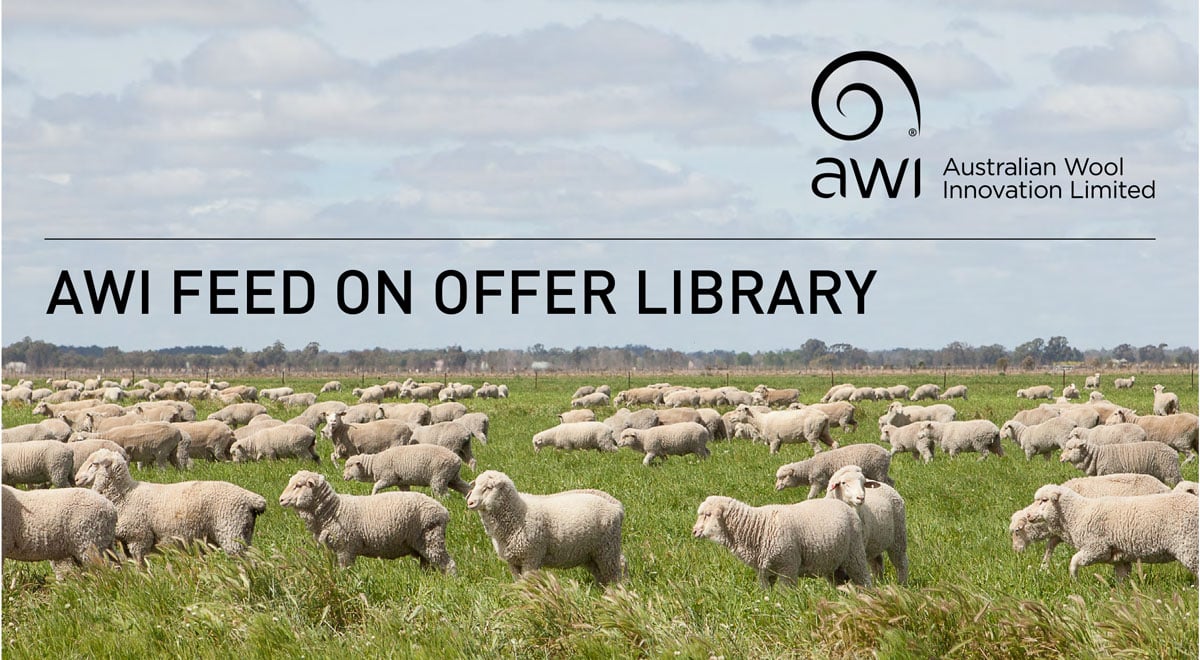
Feed On Offer Library
The complete FOO digital gallery contains over 650 images and is available at www.feedonofferlibrary.com.
WEED AND PEST MANAGEMENT
Weeds are estimated to cost Australian livestock industries $2.1 billion per annum in control costs and lost production. AWI has developed the 3D weed management tools to minimize the impact of priority weeds on pasture productivity and wool quality. The '3Ds' of weed management are:
- Deliberation - consider the current weed problem and the desired level of weed control.
- Diversity - use a combination of tools to control weeds.
- Diligence - continue to manage the weed problem to keep it at the desired level of control.
Implementing the '3Ds' of weed management can increase pasture competitiveness while reducing the proportion of weed species in the pasture.
Current and recent research projects
AWI invests in a range of projects to manage both established and emerging weeds and pests of pastures.
AWI funded research weed and pest projects
AWI invests in a range of projects to manage both established and emerging weeds and pests of pastures.
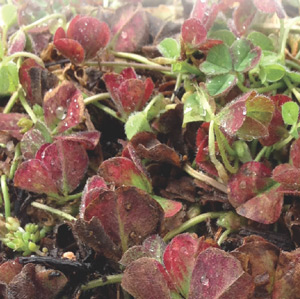
Research into subterranean clover red leaf syndrome has determined the main cause of the syndrome as Soybean Dwarf Virus (SbDV), which is spread by aphids, but it is likely that a number of other contributing stress factors are involved.
Symptoms of the virus include reddening leaves, stunted plant growth and premature plant death which can lead to significant loss of dry matter and seed production.
Loss of sub clover production is greatest when the plants are infected by the virus in autumn or early winter.
Subterranean clover red leaf syndrome
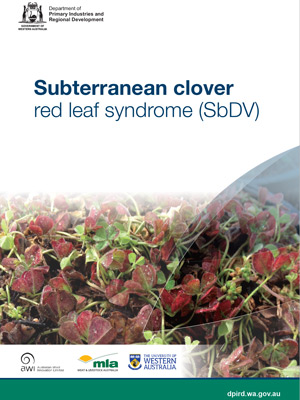
An extensive guide for producers to better understand subterranean
clover red leaf syndrome and best practise guidelines for management.
This 8-page fact sheet was produced by AWI, MLA, UWA and DPIRD in 2018.
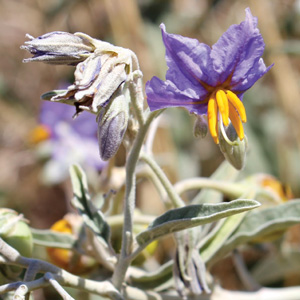
Silverleaf nightshade (Solanum elaeagnifolium) is a weed that reduces production in crop and pasture enterprises throughout the Australian wheat-sheep zone and was classified as a Weed of National Significance (WoNS) for Australia in 2012.
AWI collaborated with the Graham Centre, Murrumbidgee Landcare, MLA, SAGIT, the NSW DPI and PIRSA to develop the Silverleaf Nightshade Australian Best Practice Management Manual 2018.
Action taken against silverleaf nightshade can reduce its spread and economic impact within our wheat-sheep zone. This will significantly increase farm profitability, and in some cases, viability.
Silverleaf Nightshade Australian Best Practice Management Manual 2018
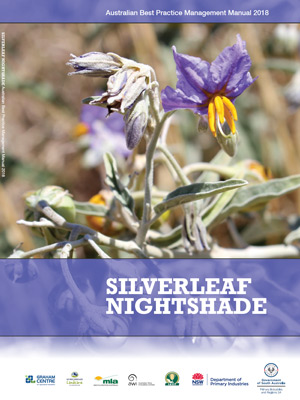
As with almost all weeds, the best, simplest and cheapest management plan is to prevent new infestations. This extensive manual details the biology, threat management and case studies of Silverleaf Nightshade infestation and management.
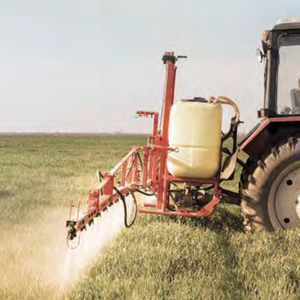
Redlegged earth mite (RLEM) is a major pest of pastures and crops across southern Australia, costing Australian farmers an estimated $200 million per year in lost production.
RLEM are found in the winter-dominant rainfall areas of southern Western Australia, South Australia, Victoria, New South Wales and Tasmania.
Timerite® is an on-line tool developed by AWI and CSIRO to give the optimal spray date for effective control of RLEM for your local area.
To control RLEM, pesticide must be applied to the maximum of live mites and minimum number of eggs, as pesticides do not kill RLEM eggs. Timerite® identifies this date in the RLEM lifecycle for specific locations. Spraying on the right Timerite® date in spring gives optimal RLEM control next Autumn when annual legumes are most susceptible.
Timerite® was tested over seven years on sixty farms across southern Australia. On average, a single spray at the Timerite® date in spring gave 93% RLEM control in autumn eight months later.
Timerite®
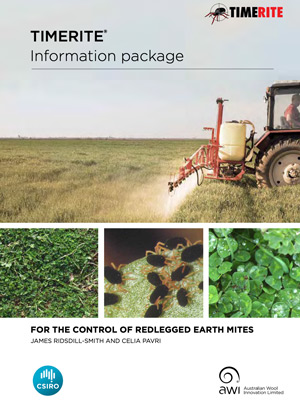
The TIMERITE® package provides a reliable and effective option for control of redlegged earth mite (RLEM) in Australian pastures in Autumn.
Useful Links
GRAZING MANAGEMENT
In Australia, wool sheep graze a variety of pastures from native species in the drier pastoral zone, through to a mix of introduced crops, pasture legumes and grasses, and native species in the high rainfall and sheep/wheat zones.
Well-managed pasture requires smart, timely decisions on the frequency and intensity of grazing driven by plant growth, animal requirements and land management considerations. Grazing management substantially impacts on pasture persistence, productivity and utilisation. Grazing management is a farm management tool that can be used regularly to help achieve and maintain profitability by:
- Increasing the quantity and quality of pasture
- Manipulating the time availability of feed
- Reducing weed problems
- Ensuring pasture persistence
- Putting woolgrowers in control of pasture, animal production and clip quality
AWI funds whole farm systems research to increase profit from integrated enterprises and pasture management. New knowledge, tools and practices help woolgrowers looking to improve whole-farm profitability, productivity and sustainability.
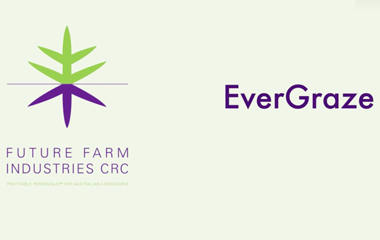
EverGraze is an AWI, Future Farm Industries CRC and Meat & Livestock Australia (MLA) research and delivery partnership, developing and testing new farming systems in different environments across the high rainfall zone of southern Australia.
EverGraze aims to increase the profits of sheep and cattle enterprises by up to 50% and at the same time improve water management, use of perennials, biodiversity and soil health.
EverGraze regional packages now available
For the first time, the results and recommendations from EverGraze research have been presented as regionally relevant information packages to help producers across the high rainfall zone of southern Australia manage their pasture and livestock systems.
Within the regional packages, information is provided according to each region's soils, climate, pastures, livestock systems, and key production and environmental factors.
EverGraze Results
- Provided proof that high input livestock production systems in the high rainfall zone can be 50 per cent more profitable, while at the same time reducing groundwater recharge by 50 per cent.
- Provided proof that native pastures, either alone, or combined with improved pastures can deliver a 50 per cent increase in profit and a significant improvement in key, regionally important, natural resource indicators.
- Generated evidence that on-farm profitability can be achieved while improving environmental management.
- Ensured adoption of the EverGraze Principle and recommended practices on 3,600 properties across the high rainfall zone.
Visit EverGraze
Information and tools to assist farmers to make sense of the options for their farm situation.
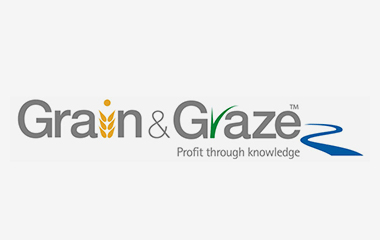
Grain & Graze explored combinations of livestock, pastures and crops that increase profitability and improve the natural resource base in the sheep/wheat zone.
AWI supported the research and extension program to explore combinations of livestock, pastures and crops that increase profitability and improve the natural resource base in the sheep/wheat zone.
Grain & Graze developed projects in nine regions across Australia in consultation with regional producer groups, regional catchment organizations and state agencies.
| Region | Project |
| Avon (south-west WA) | Perennial lucerne pastures; extended pasture phases and strategic farm management. |
| Border Rivers (southern Queensland and northern NSW) |
Short or long term pasture phases in a cropping system in profitable, environmental and social terms. |
| Central West/ Lachlan (central NSW) |
Pasture cropping/alley farming with saltbush/feed profiles and production options to address feed gaps. |
| Corangamite/ Glenelg-Hopkins (south-west Victoria) |
Stubble management using livestock to reduce residual dry matter; lucerne as a break crop and cereals into lucerne on raised beds to address a winter feed gap. Native grasses in rotation with improved pastures to address catchment targets. |
| Eyre Peninsula (south-central SA) |
Farmer consultation to determine the barriers to optimising a mixed farming system. The impact of range of farming systems on the environmental, profit and social aspects of mixed farms. How livestock can fit into cropping systems to increase whole farm profitability. |
| Mallee (south-west NSW, south-east SA, north-west Victoria) |
Annual and perennial pastures to increase pasture and livestock productivity, and subsequent crop yields. |
| Murrumbidgee (southern NSW) |
Addressing whole farm feed supply using grazing cereals to protect the resource base and increase species diversity. |
| Northern Agricultural Region (south-central WA) |
Integrating perennial pastures into cropping systems. Best-bet grazing management for perennial pastures that protect natural resources. |
| Maranoa Balonne (southern Queensland) |
Matching land use to land capability. Improved management of pasture and fodder crop phases. Better integration of crop and livestock enterprises. |
The nine regional projects were supported by national projects:
- Social research into the trade-offs influencing mixed farming decisions.
- Economics: the relationship between enterprise mix and the resilience of farming businesses.
- Feedbase: whole farm feed distribution and utilisation to reduce risk and maximise the sustainability of mixed farming systems.
Grain & Graze identified universal principles to help break decision-making down into less complex parts:
- A profitable mix of enterprises - land is farmed to its capability and crop:livestock ratios are adjusted according to shifts in their relative profitability.
- Maximum yields and productivity - focus on production drivers like highly efficient water use, healthy soils (high soil organic carbon, nutrient budgets) and matching lambing and calving to feed availability.
- Lower costs of production - low cost management solutions like nitrogen from legumes, crop rotations and grazing to control weeds and soil-borne diseases, integrated pest management to reduce pesticide use.
- Low relative overheads - leasing, contract labour and services, and economies of scale can reduce overhead costs.
- Increased sale prices - marketing and timing of sales can optimize sale prices.
- Managed risks - spread production risks from drought over different seasons via different commodities; have a drought response plan; use perennial plants to reduce recharge, maintain ground cover, prevent erosion and shelter stock.
- Timelines - do the right thing at the right time by planning critical activities in advance and setting dates for making decisions.
- Enjoyment - accept that mixed farming is complex and acknowledge your achievements in production and environmental care.
Grain & Graze developed new, whole-farm knowledge, tools and capacity for mixed farmers to identify what combination of livestock, pastures and crops will increase profitability and improve the natural resource base on which they farm.
Visit Grain & Graze
For more information, resources and tools visit the Grain & Graze website.
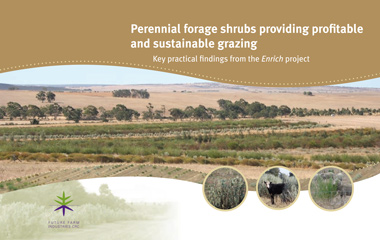
AWI supported the Enrich program to explore the role of Australian native shrubs in grazing systems in the low-medium rainfall sheep/wheat zone.
Enrich modelling showed that a 'typical' farm in the target zone could increase whole-farm profit by 15 20 per cent by including 10-20 per cent perennial forage shrubs to:
- Reduce supplementary feeding during the summer/autumn feed gap.
- Allow grazing to be deferred on other parts of the farm at the break-of-season and more pasture to grow elsewhere.
Mixed forage systems incorporating native perennials could provide the answer to more sustainable and profitable livestock production and land management. Research indicates that shrubs can contribute up to third of the dry matter intake of sheep.
The Enrich team identified over 100 shrubs, trees and creepers native to the sheep/wheat or semi-arid zones that are palatable and have:
- Adequate plant growth rates, and re-growth after grazing.
- A growth form and height within the reach of sheep.
- Good nutritive value, particularly protein, fibre, mineral contents.
- Good digestibility.
- The ability to reduce methane emissions by ruminants like sheep.
- Bioactivity or intestinal worm control properties.

Perennial Forage Shrubs providing profitable and sustainable grazing
Key practical findings from the Enrich project.
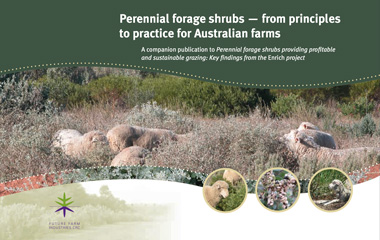
Perennial forage shrubs - from principles to practice for Australian farms
This resource covers important information about how to design and establish a shrub system on farm, what to plant where, and what to expect.
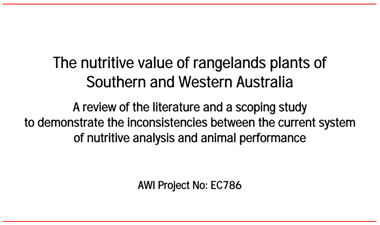
Nutritive Value of Rangeland Plants
AWI funded a review of the nutritive value of rangeland plants. The report compares feed quality data with actual animal performance from pastoral zone feeds, and documents pastoral woolgrowers' use of cost-effective, environmentally sustainable supplementation strategies.






